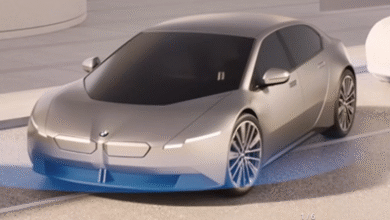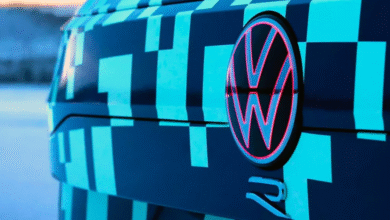Seres 5 Review : Can This Chinese EV Really Compete in Europe’s Premium SUV Market?
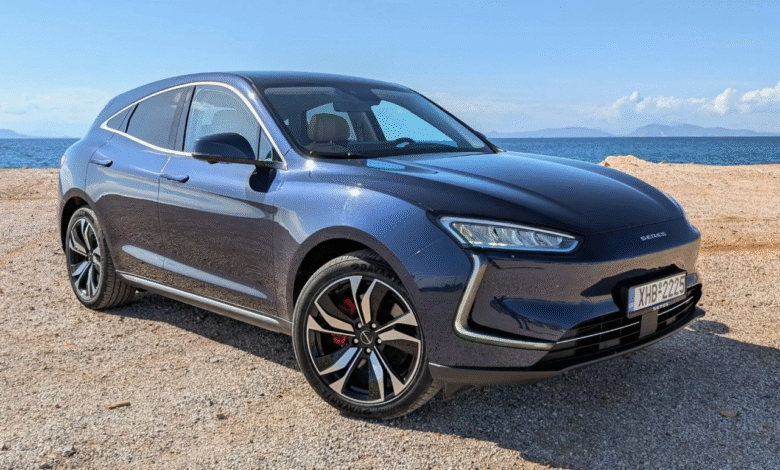
Europeans are famously loyal to their premium car brands, sticking with the likes of BMW, Mercedes-Benz, and Audi. But that hasn’t stopped Seres, a rising Chinese automaker, from entering Europe with its first fully electric SUV: the Seres 5. We spent a full week behind the wheel to see if this newcomer can truly shake up the crowded EV segment.
A Newcomer With Global Ambitions
The Seres 5 made its official European debut in 2023, rolling out slowly across the continent throughout 2024. While its design mirrors the Chinese version launched back in 2019, the European model has a slightly longer body. Interestingly, in 2022, Seres partnered with Huawei to introduce the Aito M5 in China, a redesigned version with updated tech. However, the global-spec Seres 5 we tested hasn’t received that facelift yet, leaving it looking a touch older than fresh rivals like the Audi Q6 e-tron.
Formerly known as SF Motors, Seres has roots in China but also a Silicon Valley presence. At one point, it had ambitious plans to enter the U.S. market—plans that now appear to have been shelved in favor of expansion into Europe, South America, and the Middle East.
Distinctive Design with Familiar Touches
Unlike some Chinese car brands accused of copying European designs, Seres has attempted to create something unique. Yes, sharp-eyed enthusiasts will spot a few familiar cues, such as the DS-style daytime running lights or the Porsche Macan-inspired rear end, but overall, the Seres 5 delivers a clean, aerodynamic shape with standout elements like its leaf-shaped greenhouse highlighted by chrome trim.
The coupe-style silhouette emphasizes muscular rear shoulders, while standard 21-inch alloys with red brake calipers give the car a sporty GT crossover vibe. On the road, it turns heads—not just because of its design but also because it’s still a fresh face in Europe’s EV landscape.
At 4,710 mm long, the Seres 5 competes directly with the Tesla Model Y, though the brand prefers comparisons to premium rivals such as the BMW iX3, Mercedes GLC EV, and Audi Q6 e-tron.
Premium Cabin With Plenty of Features
Inside, the Seres 5 impresses with high-quality Nappa leather, wood trim, and a panoramic glass roof. The seats are luxurious, offering heating, ventilation, massage, and memory functions—features usually reserved for higher trims in European SUVs.
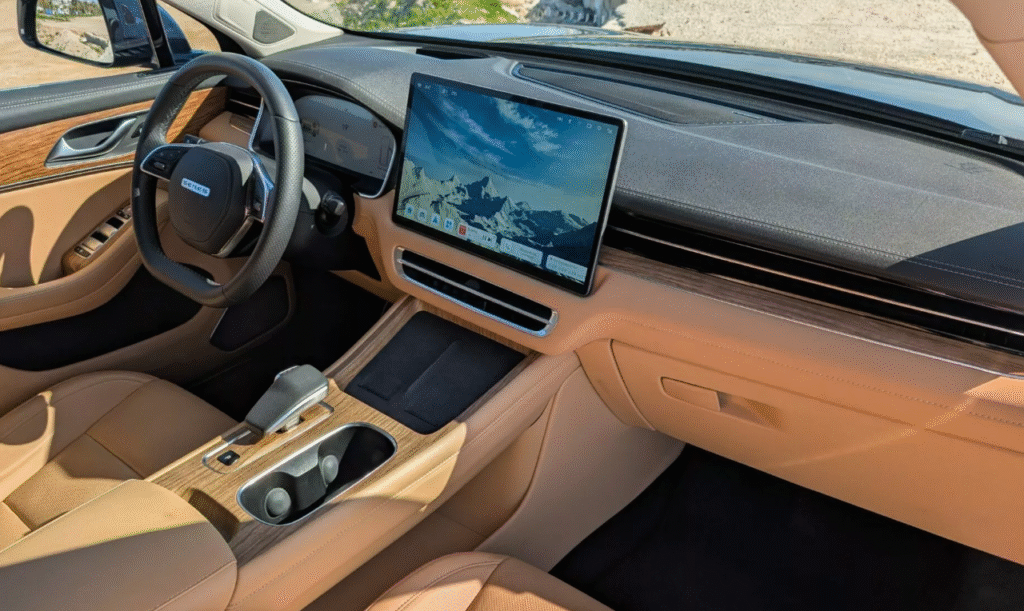
The 15.6-inch touchscreen dominates the dashboard, controlling nearly all vehicle functions. While sharp and modern, the lack of physical buttons for essentials like A/C and drive modes makes operation occasionally frustrating. On the plus side, wireless Apple CarPlay and Android Auto come standard.
Passengers in the rear get USB ports, climate vents, and plenty of space, though the trunk is on the smaller side at 367 liters, making it less practical than rivals like the Tesla Model Y or Kia EV6.
Driving Dynamics : A Comfortable Electric Grand Tourer
On the road, the Seres 5 feels more like a grand tourer than a sporty SUV. With 577 hp and 940 Nm of torque, it accelerates effortlessly, especially at highway speeds. Modes range from Eco (efficiency-focused) to Race (full power unleashed), giving flexibility depending on your mood.
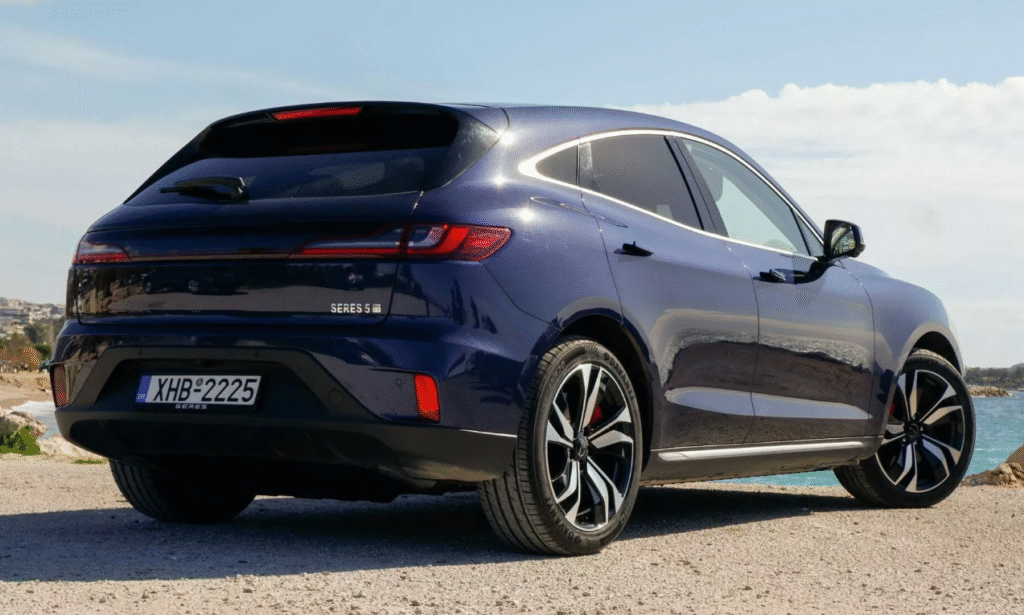
Ride comfort is excellent, with the suspension soaking up imperfections and sound insulation rivaling European competitors. Steering is light for city use but lacks feedback for spirited driving, even when adjusted. Overall, it prioritizes comfort and long-distance cruising over corner-carving fun.
Range, Charging, and Real-World Use
The 80 kWh battery delivers around 400 km (250 miles) in mixed driving, with the potential to reach the WLTP figure of 483 km if driven conservatively. Charging from 30% to 80% takes 25 minutes at 100 kW DC. That’s decent, though slower than some Hyundai and Kia rivals.
Unlike in China, where a range-extender version is available, European buyers only get the BEV option. Adding the range-extender in Europe could make the Seres 5 much more appealing.
Pricing and Market Positioning
Pricing puts the Seres 5 squarely in premium territory: €57,500 in Greece (with subsidies) and €64,990 in Germany. That’s more expensive than the Tesla Model Y (€43,990 in Greece) and close to the Kia EV6 GT (€56,990). The challenge is that Seres lacks the brand prestige of established European automakers and doesn’t undercut rivals on price—a major reason many buyers look at Chinese EVs in the first place.
Depreciation is another issue: lightly used 2024 Seres 5 models already sell for around €40,000, a steep drop in just one year.
Verdict
The Seres 5 is a strong first effort, offering luxury, comfort, and power in a stylish package. However, without competitive pricing or brand recognition, it faces an uphill battle against established giants like Tesla, BMW, and Audi.
If Seres adjusts its pricing strategy and introduces the range-extender version, it could carve out a stronger niche in Europe’s increasingly competitive EV market.


